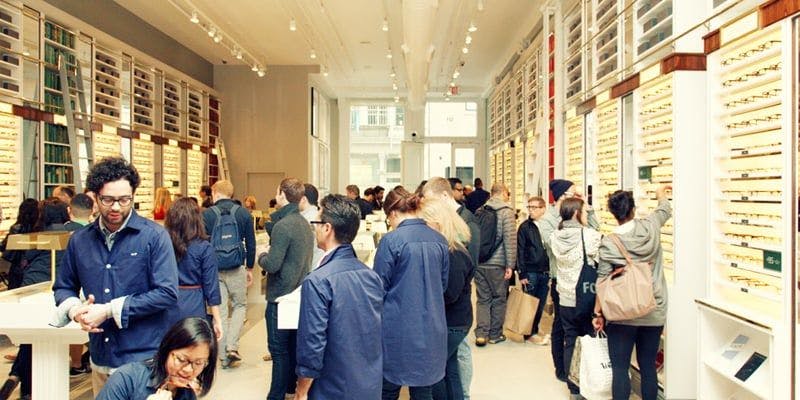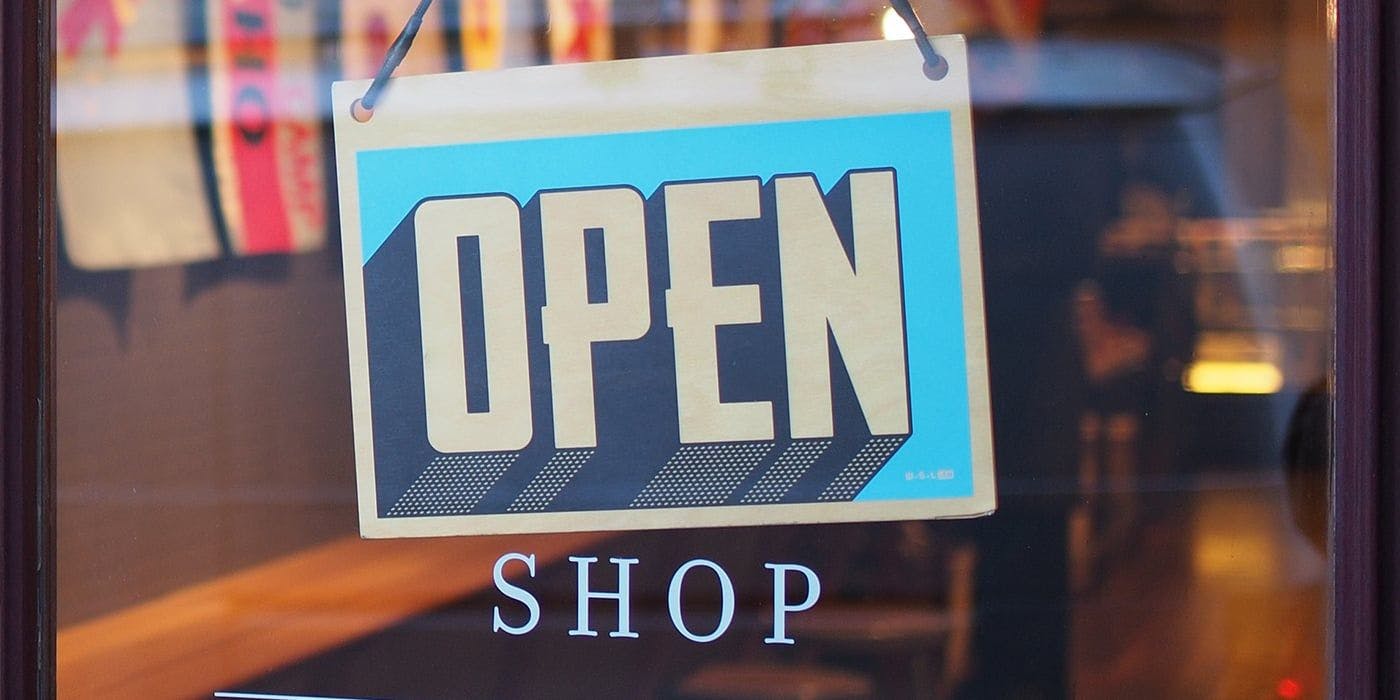Simple shopping: The Future of Consumer Commerce

By Lauren McGehee
As we start to reflect back on 2016, we saw successful brands focused on a new standard of simplicity at the center of their shopping experience.
Technology has eliminated the view of marketing channels as individual linear paths. Commerce evolved beyond digital and physical to a singular, simple, and consistent experience. And looking ahead to 2017, more brands will join the race to perfect the customer experience.
Consumers are increasingly favoring brands that build easy shopping experiences. In fact, we are willing to pay a premium for convenience: Forrester Research reports 38% of global consumers are willing to pay more for simpler brand experiences. And 70% of consumers are more likely to recommend a brand because it provides a simpler customer experience.
Traditionally, brands have stacked technology on top of the shopping experience, with devices, apps, and sites made to assist shoppers. But by approaching technology as a way to supplement the shopping experience rather than simplify it, brands can create complicated and confusing experiences rather than easy ones.
Now, disruptive brands have a chance to create simple experiences that solve problems, remove friction, and empower consumers rather than add on additional digital layers to the shopping experience. Wearables and predictive technology, for example, are taking simple to a nearly frictionless level never before possible.
Brands that remove pain points from the shopping experience are creating new norms in the way we shop and will be the winners with generations of consumers looking for solutions that make our lives easier. A few examples:
- Make the checkout process easier.
New mobile payment technology is removing barriers to buying. - Arm shoppers with the info they need, when they need it.
Empowered shoppers know they're getting the best price, are able to customize their order, are able to shop when and where is most convenient for their lifestyles, and they're not dependent on sales associates to shop smartly. - Rethink the shopping experience to delight consumers .
Beacons in museums can create a more engaging visitor experience, hotels can instantly recognize loyal guests, and mannequins can offer instant access to details about their outfits.


Warby Parker is a brand proving to be wildly successful at applying simplicity to its in-store retail experience.
- They get the entrance experience right by having a fully trained salesperson greet you as you enter the store and they get you where you need to go, including the ability to make a sale then and there.
- Warby Parker stores are designed with the customer experience in mind, not letting merchandising considerations override what is best for the customer. They have the exact same frames on the left wall as on the right wall so customers don't have to wait or bump into each other to try on a particular pair. This limits the number of frames they can display by nearly 50%, but happy customers have proved this works for their bottom line.
- Their stores use technology wisely and in limited doses to streamline the experience. Each sales associate carries a tablet point of sale device to unobtrusively ring up purchases. And the only other visible use of technology is a digital board letting customers know when their eye exam appointments are.
To evaluate what simple can mean for your brand, think about your customer journey and technology:
- How simple is your customer journey? Have you identified points of friction in the buying experience? Have you empowered your shoppers to shop on their own terms?
- Is your shopping technology aimed at simplifying the experience? Does it add convenience to the lives of your shoppers? Is it an add-on, or does it truly simplify your experience?
Simple is hard. Simple shopping is not about using the trendiest technology to supplement your experience. It is all about putting the needs of your consumer first and removing complexity and barriers to create a fluid, enjoyable shopping experience.
If you'd like to see examples of how Traction has reimagined the customer journey using technology to design simple, compelling shopping experiences, contact us here.

As one of the bigger brains at Traction, Lauren makes sure that everything we do has a damn good reason to exist. As the champion for the consumer, she steers our discovery and research to insure that we have relevant insights into our audiences’ behavior and desires. When she’s not making our team better, she is learning about the world through travel, food, books, art, and chasing her very fast dog, Greg.

In Digiday’s most recent article, ‘It can only get better’: Agencies break down platforms’ APIs, columnist Ross Benes reaches out to Traction for insight into the comparisons between social networks and their APIs.

Once again, Traction is honored to be named a finalist for 2016 iMedia Small Agency of the Year. We are humbled and grateful, as this is our 4th year in a row to receive this honor!

Comic books and graphic novels are enjoying a boom, with August 2016 hitting a 15-year distribution high since December 1996.